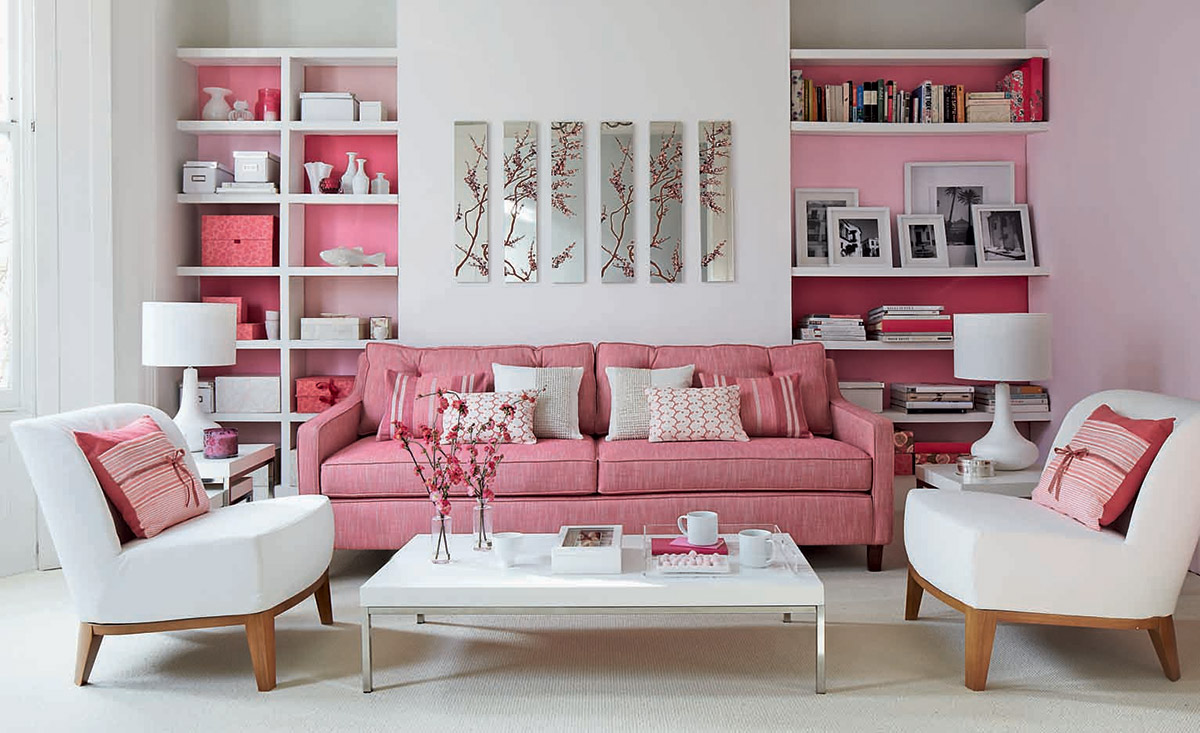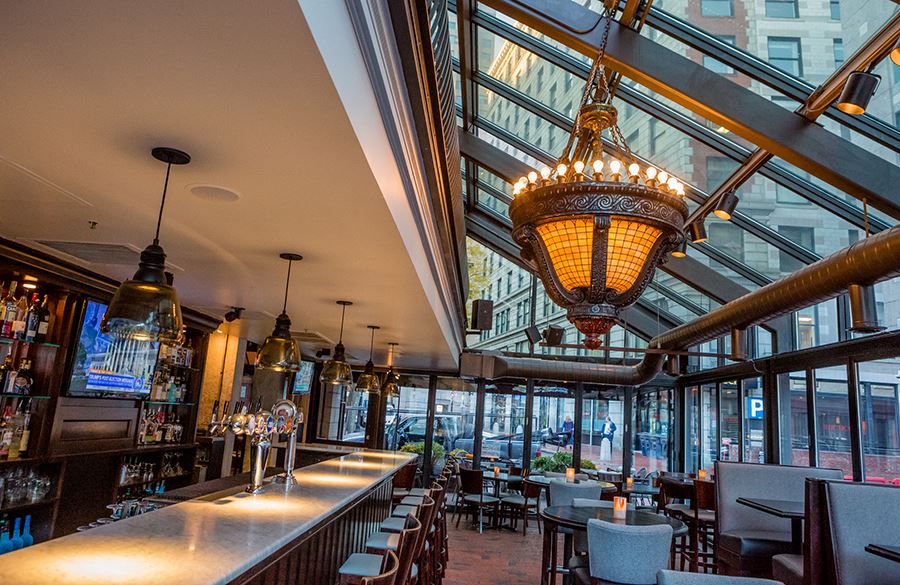The kitchen is often referred to as the heart of the home, and for good reason. It's where families gather, meals are prepared, and memories are made. As one of the most frequently used rooms in the house, it's important to have proper lighting in the kitchen to not only make it functional but also create a welcoming atmosphere. When it comes to choosing the right lighting for your kitchen, LED lights are a popular and energy-efficient option. But are they bright enough for such a busy and important space? Let's explore the benefits of LED lighting and how it can brighten up your kitchen.1. LED Lighting for Kitchens: Bright Enough for Cooking and More
LED lights come in a variety of shapes, sizes, and colors, making it easy to find the perfect fit for your kitchen. When choosing LED lights, consider the color temperature, measured in Kelvin (K). A lower Kelvin number will emit warm, yellow-toned light, while a higher Kelvin number will emit cool, blue-toned light. For kitchens, it's recommended to use LED lights with a color temperature between 2700K-3000K to create a warm and inviting atmosphere. You can also choose dimmable LED lights to have more control over the brightness level in your kitchen.2. How to Choose the Right LED Lights for Your Kitchen
LED lights are known for their brightness and energy efficiency, making them a great choice for kitchen lighting. They produce a bright, white light that closely resembles natural daylight, making it easier to see while cooking and preparing food. This not only makes your kitchen more functional but also safer. Additionally, LED lights have a longer lifespan compared to traditional incandescent or fluorescent lights, meaning you won't have to replace them as often. This can save you money in the long run, making LED lights a cost-effective choice for your kitchen.3. Brighten Up Your Kitchen with LED Lighting
When it comes to installing LED lights in your kitchen, there are a few areas to consider. Under cabinet lighting is a popular choice for providing task lighting on countertops and illuminating dark corners. LED strip lights can also be installed under cabinets for a sleek and modern look. For general lighting, recessed LED lights are a popular choice as they can be placed evenly throughout the ceiling and provide ample light for the entire room. You can also add pendant lights above the kitchen island or dining table for both functional and decorative lighting.4. LED Kitchen Lighting: A Guide to Brighten Your Space
Kitchen counters are a crucial area for proper lighting as they are used for food preparation, cooking, and other tasks. LED lights are more than bright enough for kitchen counters, providing a clear and bright light that makes it easier to see while working. Consider installing LED light fixtures above the counters or using LED strip lights under cabinets to provide direct lighting on the counters. This will not only make your kitchen more functional but also add a touch of style to the space.5. Are LED Lights Bright Enough for Kitchen Counters?
In addition to being bright and energy-efficient, there are many other benefits of using LED lights in your kitchen. LED lights are cool to the touch, making them safer to use in the kitchen, especially around heat sources like stoves or ovens. LED lights also do not emit UV rays, making them a great choice for illuminating artwork or photographs in the kitchen. They also do not contain any harmful chemicals, making them an eco-friendly option for your home.6. The Benefits of Using LED Lights in Your Kitchen
Fluorescent lighting has been a popular choice for kitchen lighting in the past, but how does it compare to LED lighting in terms of brightness? LED lights are generally considered to be much brighter than fluorescent lights, providing a clearer and more natural light. Fluorescent lights can also emit a slight flicker, which can be bothersome to some people. LED lights do not have this issue and provide a steady and consistent light source.7. LED vs. Fluorescent Lighting for Your Kitchen: Which is Brighter?
Lumens are a measure of brightness and can help you determine how many LED lights you need in your kitchen. The amount of lumens you need will depend on the size of your kitchen and the type of lighting you choose. As a general rule, for task lighting, it's recommended to have 50-75 lumens per square foot, meaning an average-sized kitchen would need around 5,000 lumens. For general lighting, aim for 20-30 lumens per square foot, meaning an average-sized kitchen would need around 2,000 lumens.8. How Many Lumens Do You Need for Kitchen Lighting?
LED lights come in a variety of styles and designs, making it easy to find the perfect fit for your kitchen. You can add LED rope lights above cabinets for a decorative touch, or install them under toe kicks for a unique and functional look. Another popular trend is using color-changing LED lights, which can be controlled through a smartphone app, to add a fun and customizable element to your kitchen lighting. The possibilities are endless when it comes to incorporating LED lights into your kitchen design.9. LED Kitchen Lighting Ideas for a Bright and Inviting Space
In conclusion, LED lights are definitely bright enough for a kitchen and offer many benefits such as energy efficiency, longevity, and versatility. When choosing LED lights for your kitchen, consider the color temperature, placement, and lumens needed for your space. With the right LED lighting, you can not only brighten up your kitchen but also create a warm and inviting atmosphere for cooking, dining, and spending time with loved ones. So why wait? Start upgrading your kitchen lighting with LED lights today!10. Brighten Up Your Kitchen with These LED Lighting Tips
Are LED Lights Bright Enough for a Kitchen?

The Importance of Lighting in Kitchen Design
 When it comes to designing the perfect kitchen, lighting is often overlooked. However, it plays a crucial role in creating a functional and aesthetically pleasing space. Proper lighting not only enhances the overall ambiance of a kitchen, but it also affects the functionality and safety of the space. This is why choosing the right type of lighting is essential, and
LED lights have become a popular choice among homeowners for their many benefits.
When it comes to designing the perfect kitchen, lighting is often overlooked. However, it plays a crucial role in creating a functional and aesthetically pleasing space. Proper lighting not only enhances the overall ambiance of a kitchen, but it also affects the functionality and safety of the space. This is why choosing the right type of lighting is essential, and
LED lights have become a popular choice among homeowners for their many benefits.
The Brightness of LED Lights
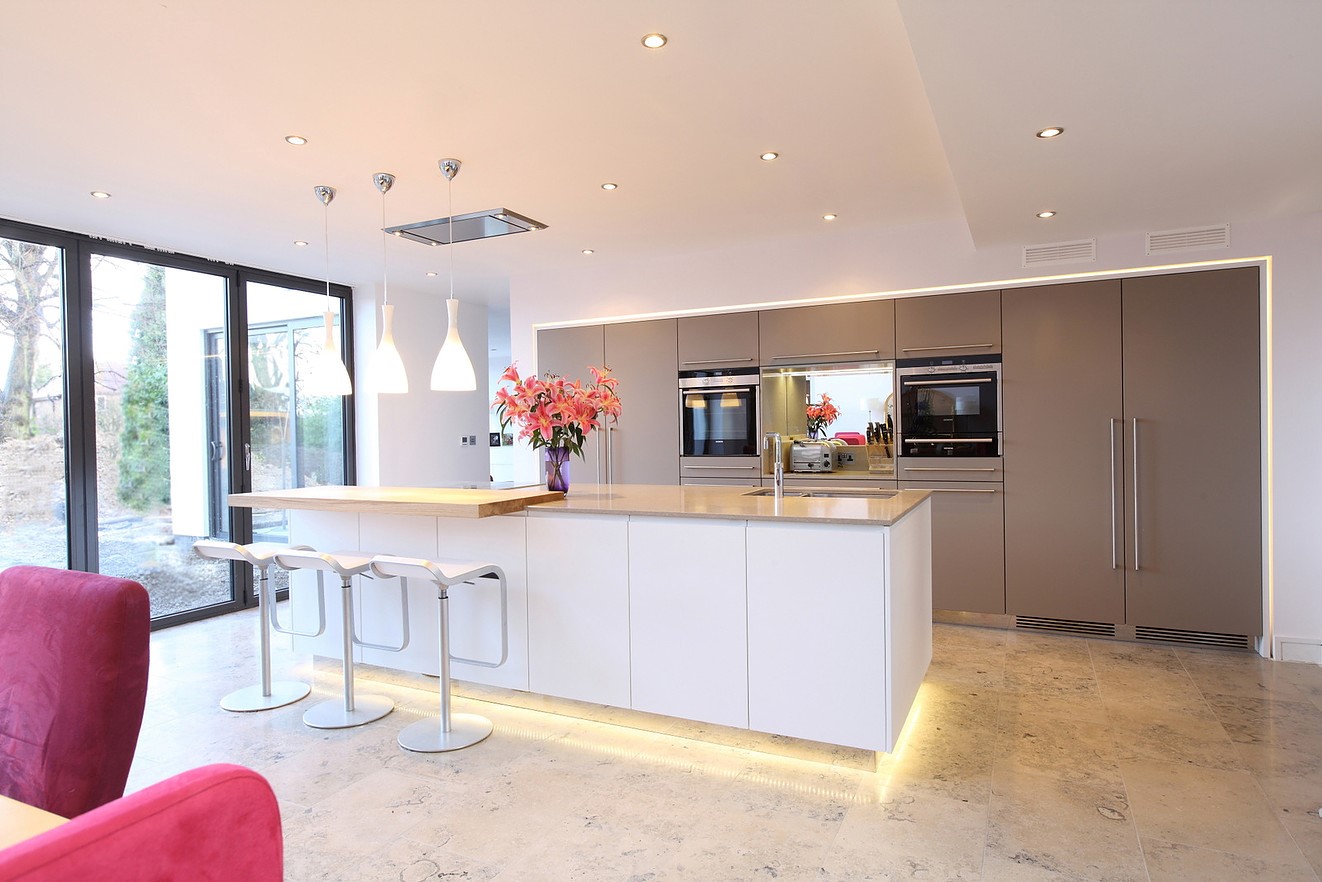 One of the most common concerns when it comes to lighting a kitchen is whether
LED lights are bright enough for the task at hand.
The truth is, LED lights come in a variety of brightness levels, making them suitable for any space, including the kitchen. Unlike traditional incandescent bulbs, which emit light in all directions, LED lights are directional, meaning they can be focused on specific areas, such as countertops, workspaces, and cabinets. This allows for a more targeted and efficient use of light in the kitchen.
One of the most common concerns when it comes to lighting a kitchen is whether
LED lights are bright enough for the task at hand.
The truth is, LED lights come in a variety of brightness levels, making them suitable for any space, including the kitchen. Unlike traditional incandescent bulbs, which emit light in all directions, LED lights are directional, meaning they can be focused on specific areas, such as countertops, workspaces, and cabinets. This allows for a more targeted and efficient use of light in the kitchen.
The Advantages of LED Lights in the Kitchen
Choosing the Right LED Lights for Your Kitchen
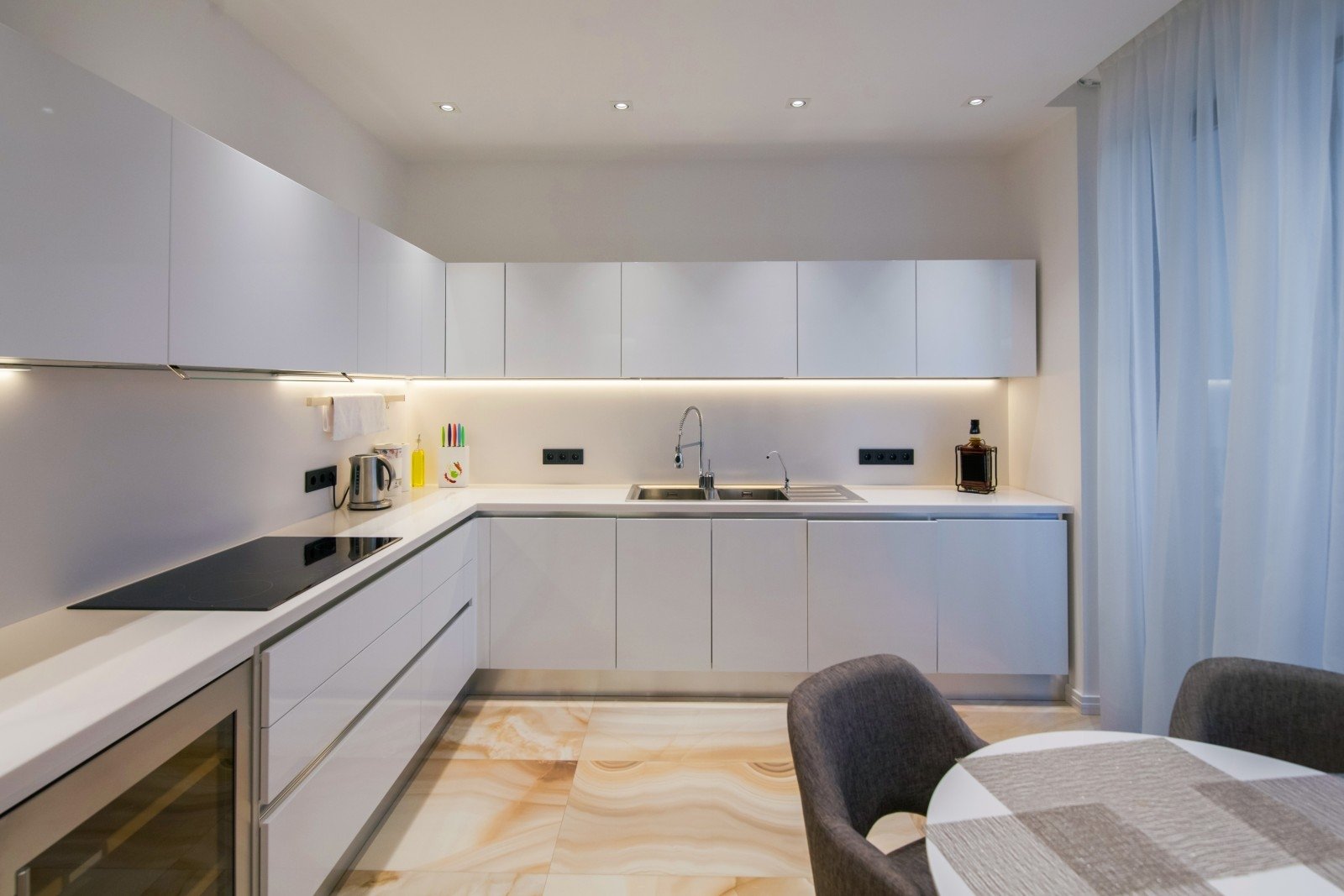 When it comes to choosing the right LED lights for your kitchen, there are a few things to consider. First, consider the color temperature.
For a kitchen, it is recommended to use cool or neutral white LED lights with a color temperature of 3500-4000K.
This will provide a bright and natural light that is perfect for food preparation and cooking. Additionally, consider the lumens or brightness level of the LED lights, as well as the beam angle, which can affect how wide or narrow the light is spread.
When it comes to choosing the right LED lights for your kitchen, there are a few things to consider. First, consider the color temperature.
For a kitchen, it is recommended to use cool or neutral white LED lights with a color temperature of 3500-4000K.
This will provide a bright and natural light that is perfect for food preparation and cooking. Additionally, consider the lumens or brightness level of the LED lights, as well as the beam angle, which can affect how wide or narrow the light is spread.
In Conclusion
 In conclusion,
LED lights are more than bright enough for a kitchen.
With their energy efficiency, longer lifespan, and customizable brightness levels, they are the perfect choice for any kitchen design. When selecting LED lights for your kitchen, consider the color temperature and lumens to ensure you have the perfect balance of functionality and ambiance in your space. With LED lights, you can create a well-lit and beautiful kitchen that is sure to impress.
In conclusion,
LED lights are more than bright enough for a kitchen.
With their energy efficiency, longer lifespan, and customizable brightness levels, they are the perfect choice for any kitchen design. When selecting LED lights for your kitchen, consider the color temperature and lumens to ensure you have the perfect balance of functionality and ambiance in your space. With LED lights, you can create a well-lit and beautiful kitchen that is sure to impress.



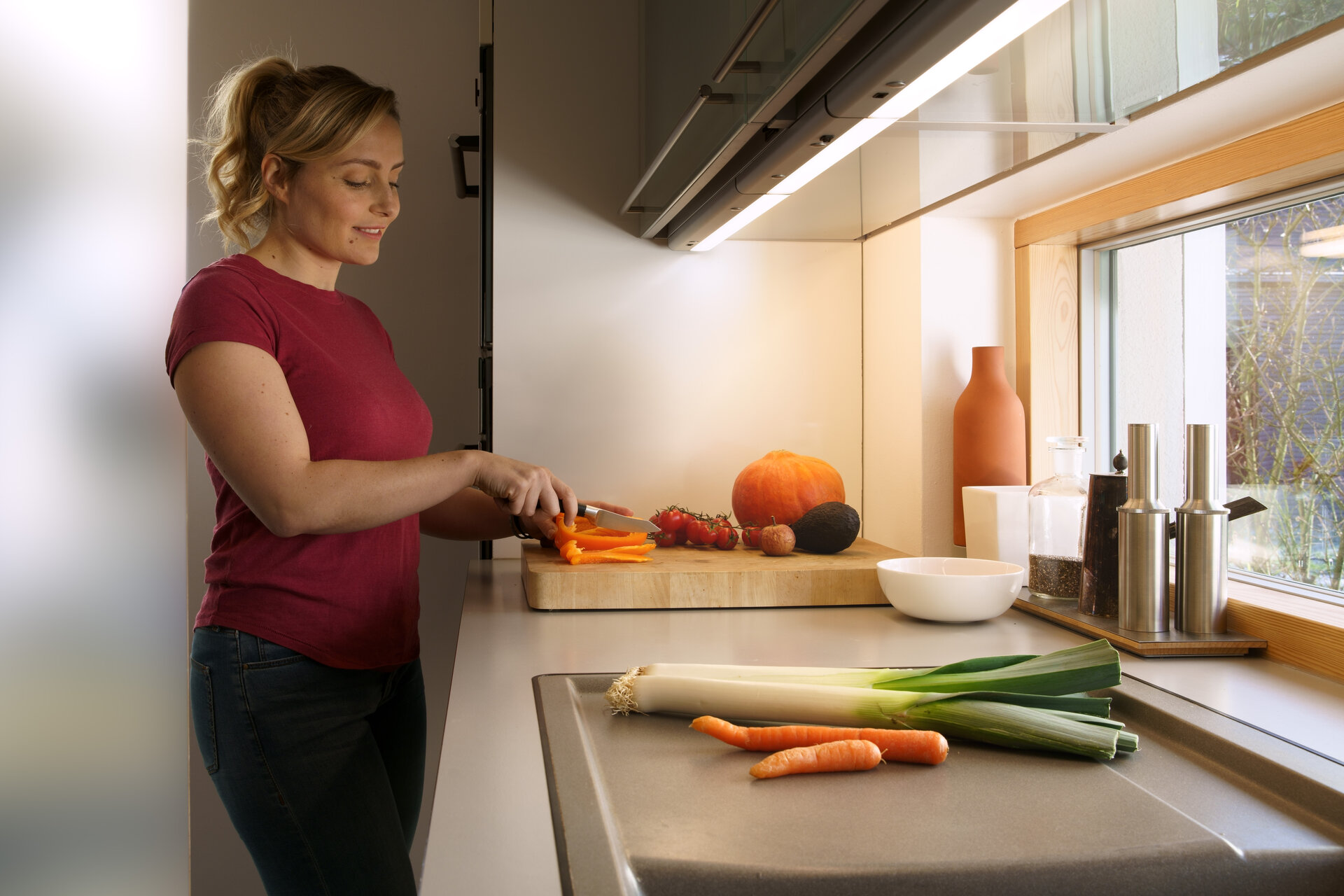


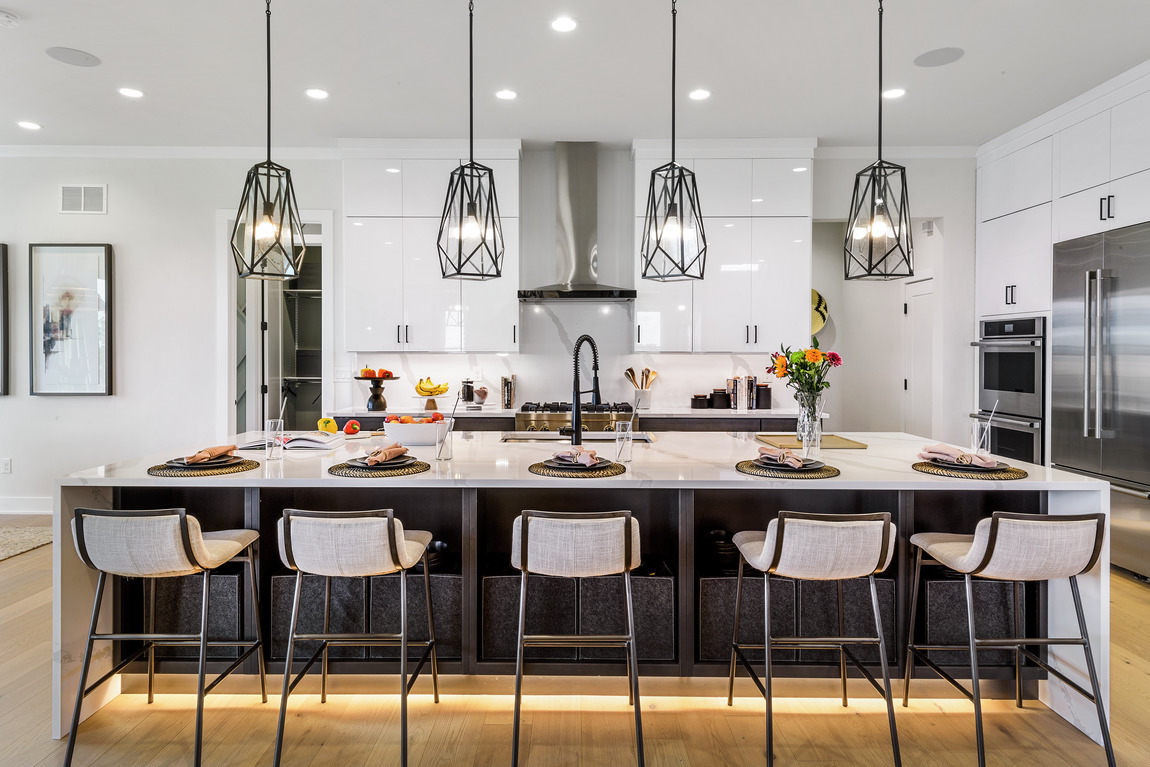

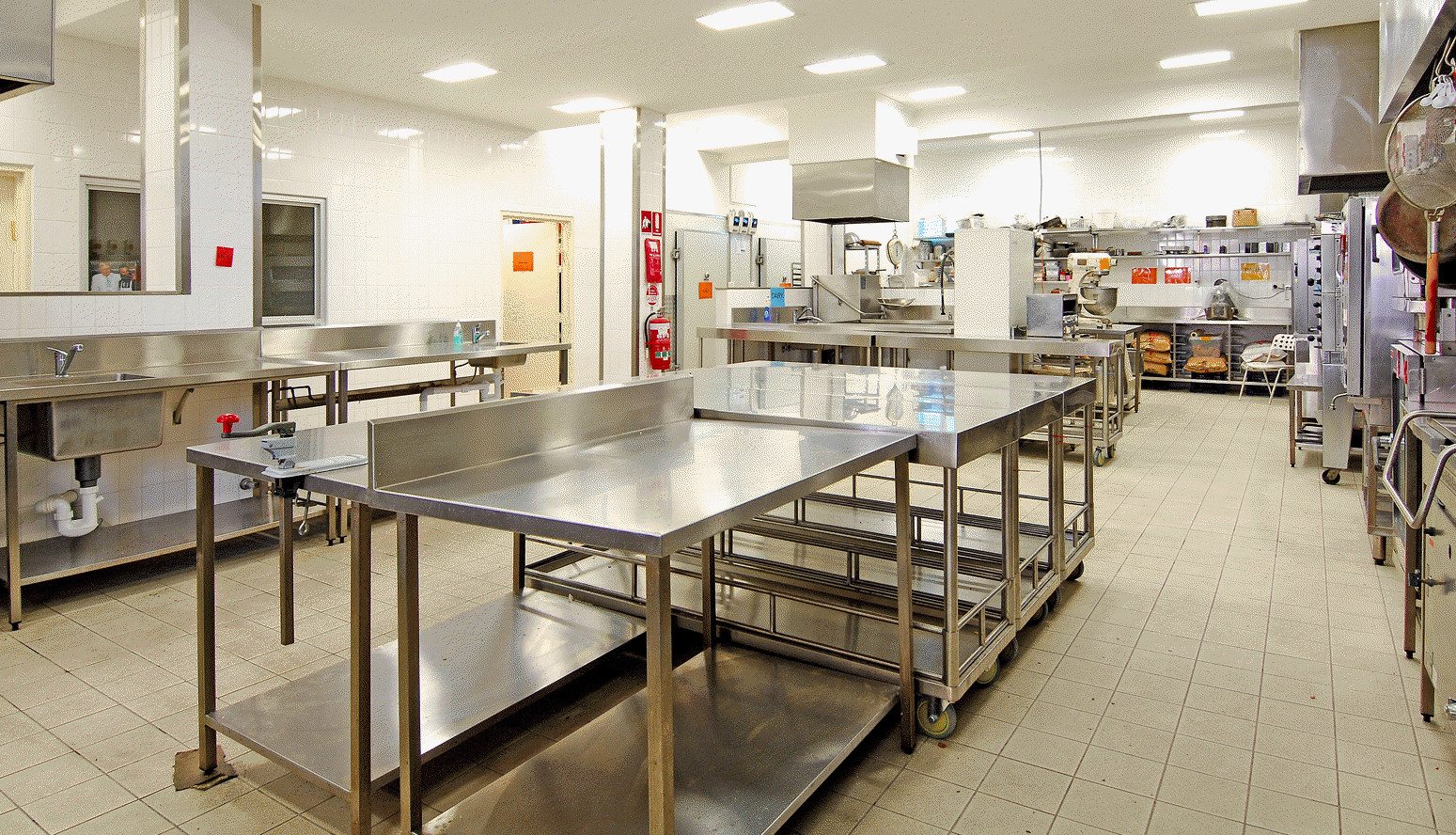




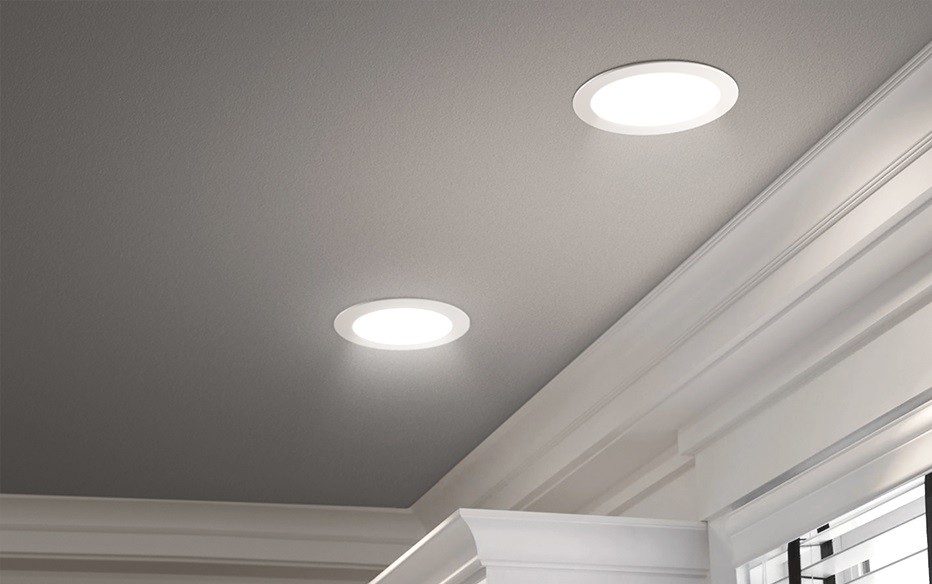
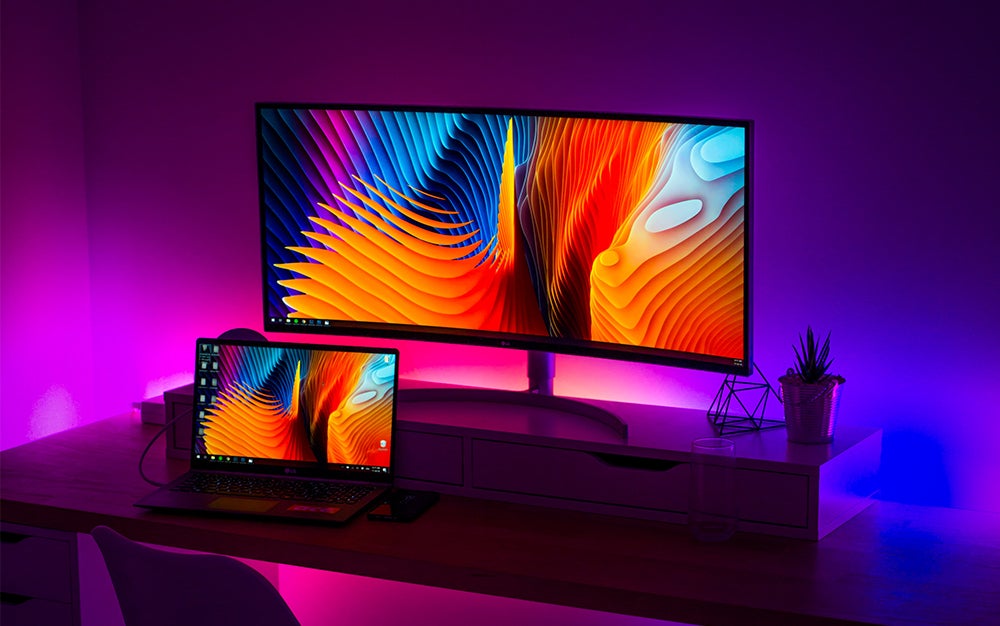




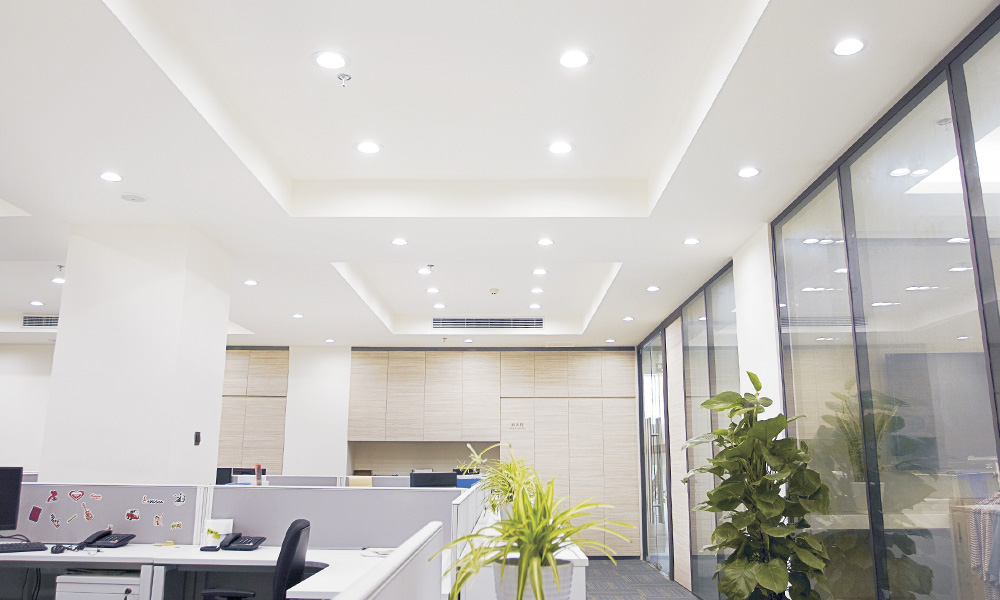





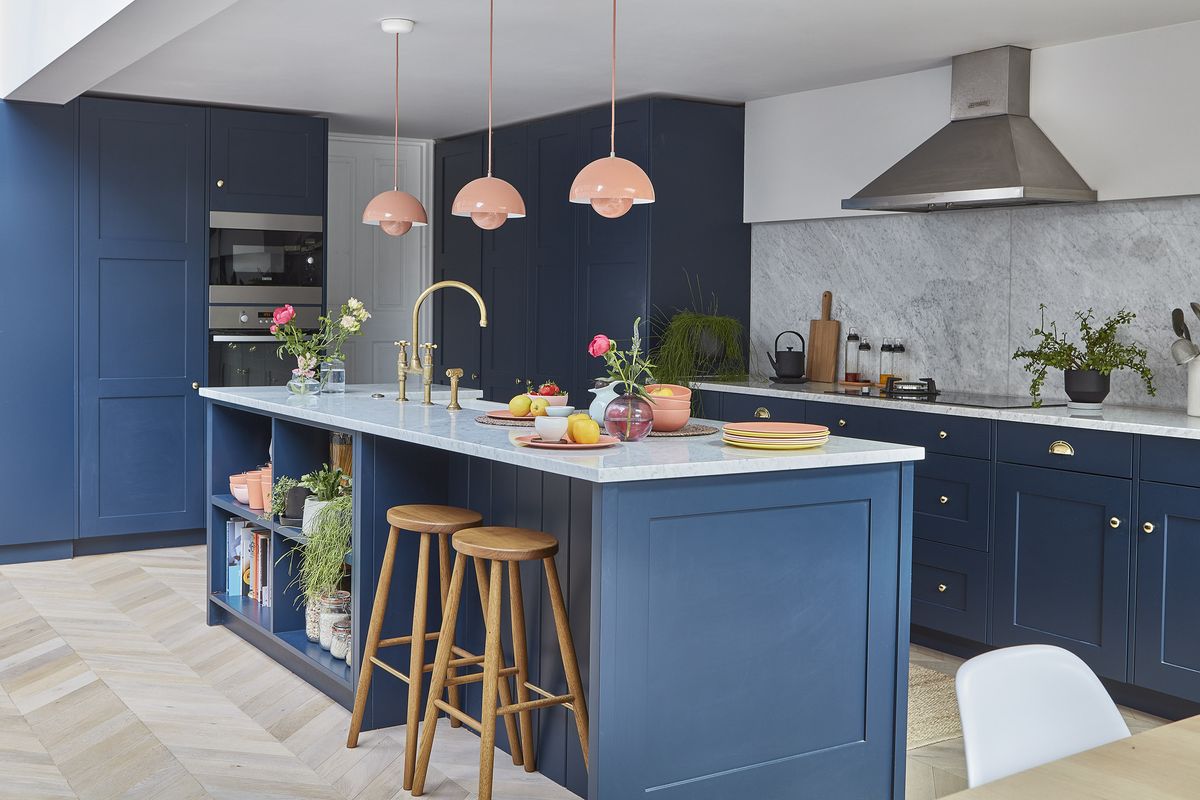

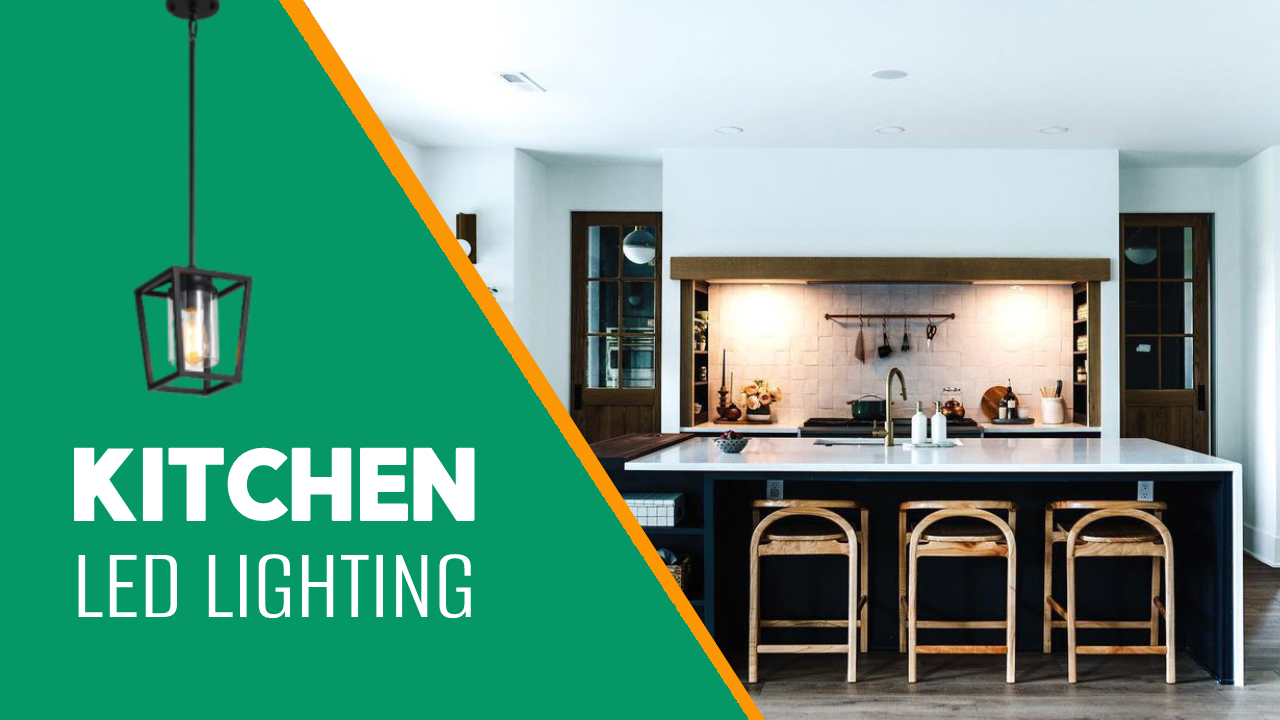

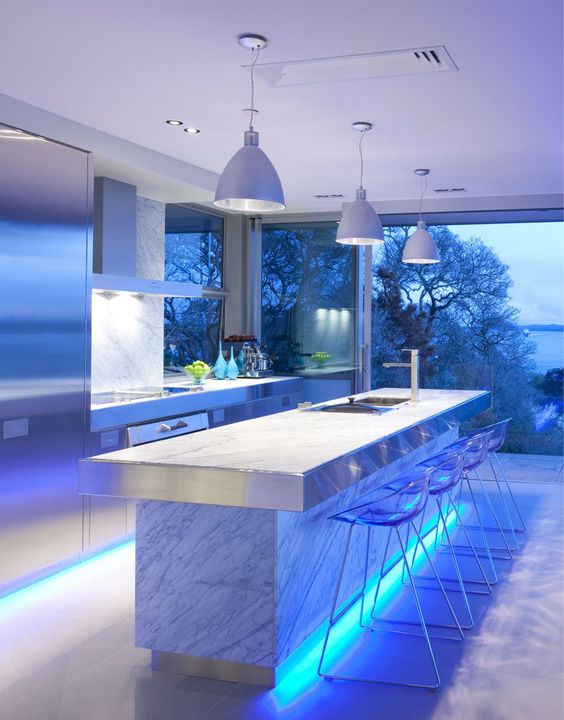
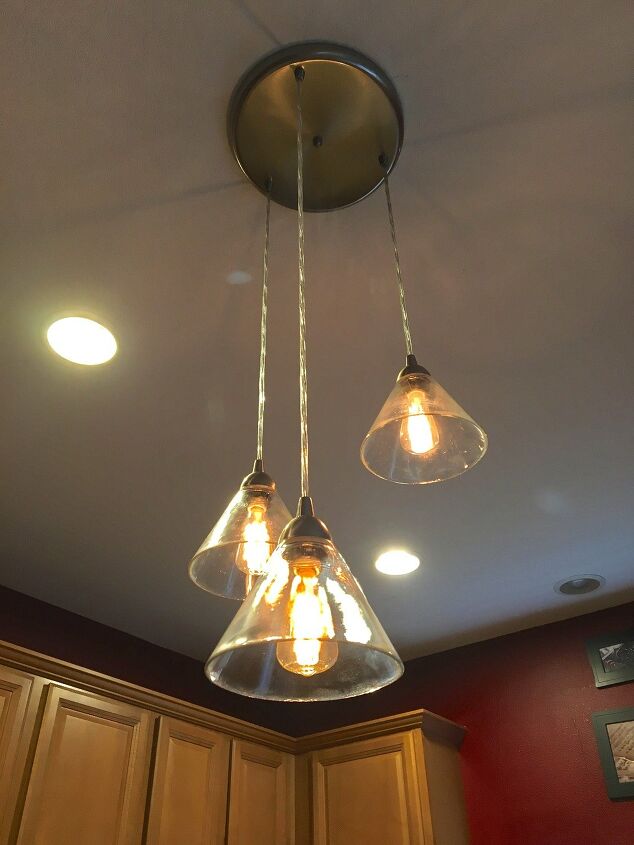



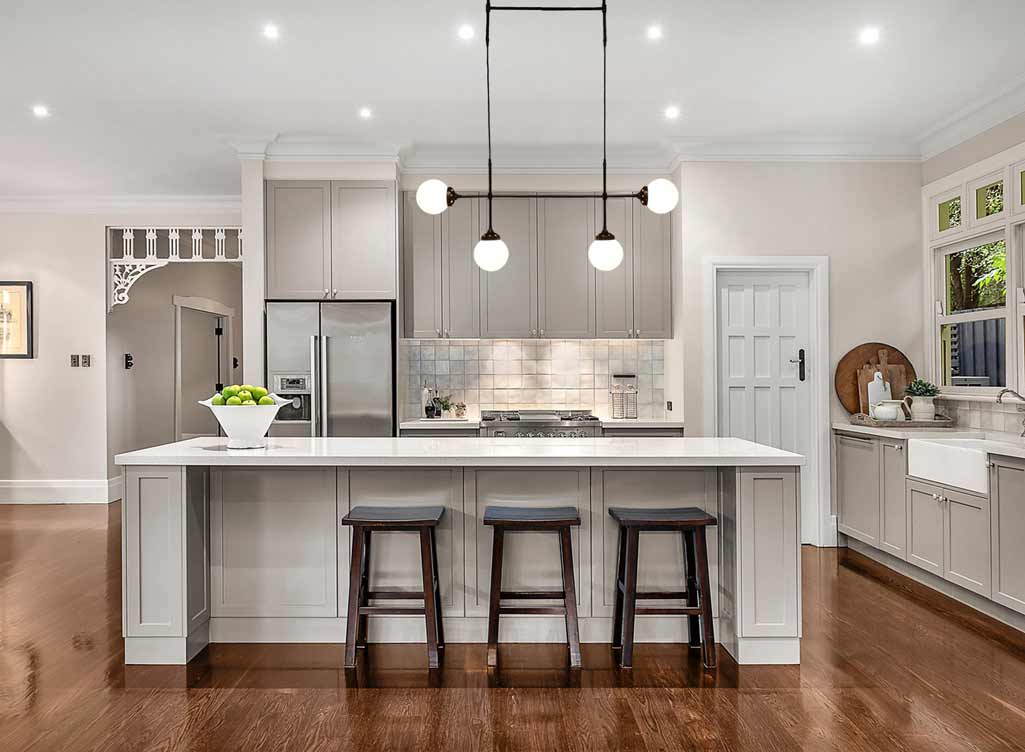




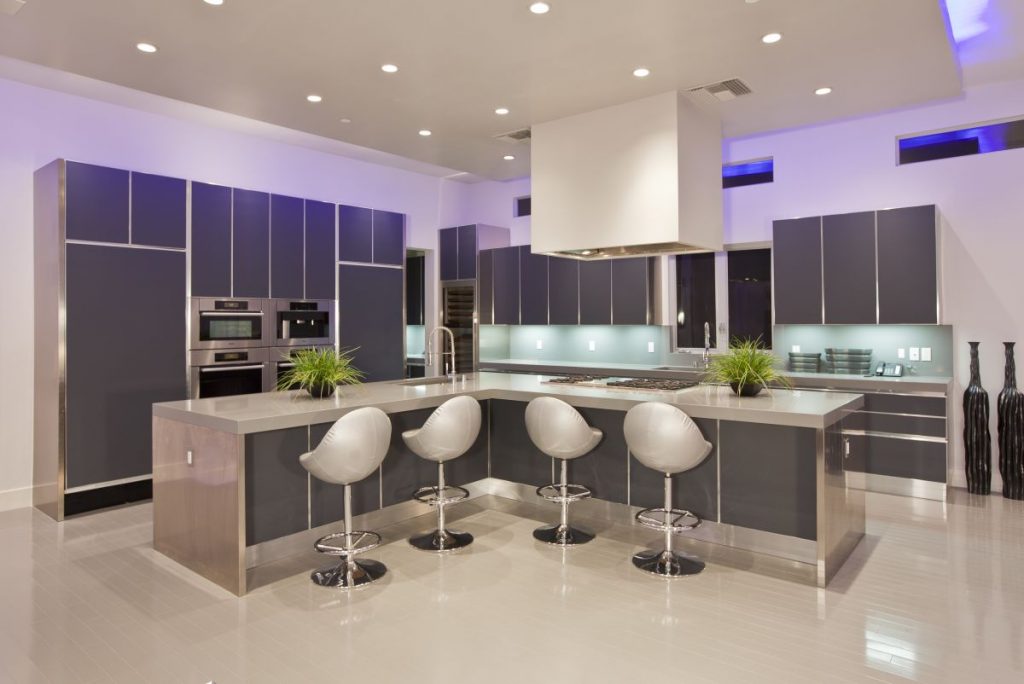













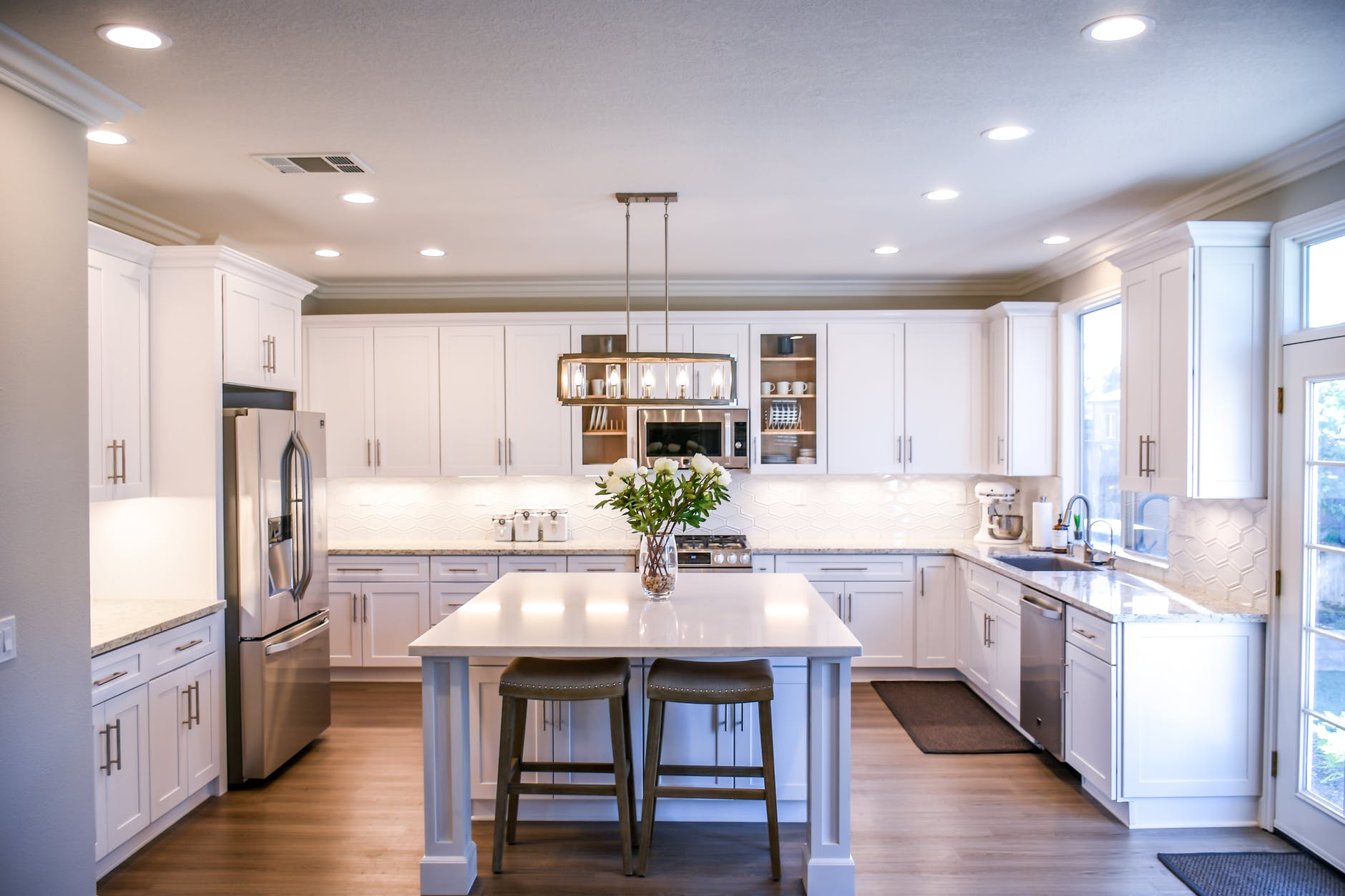






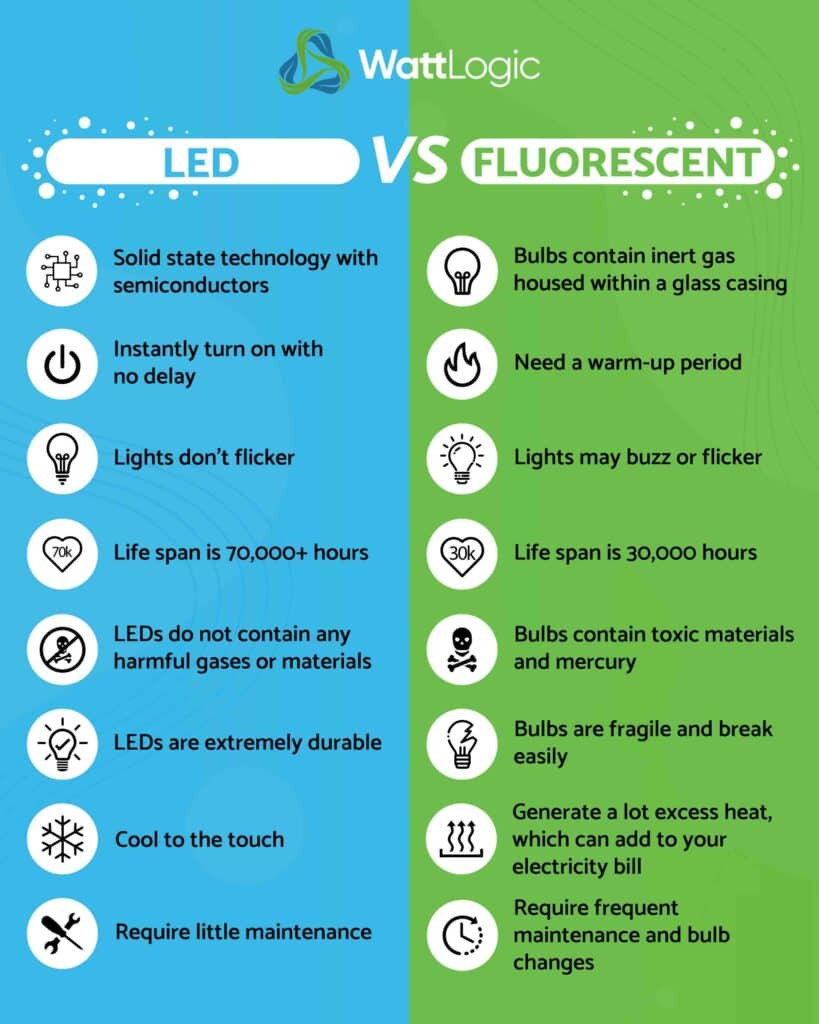


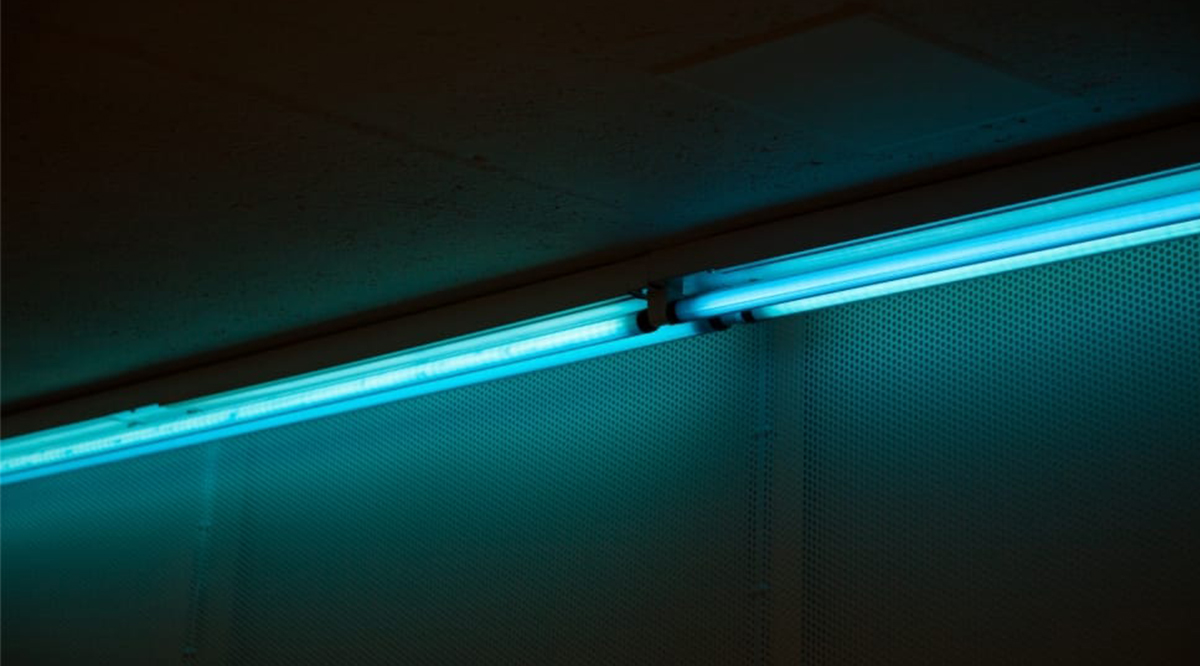





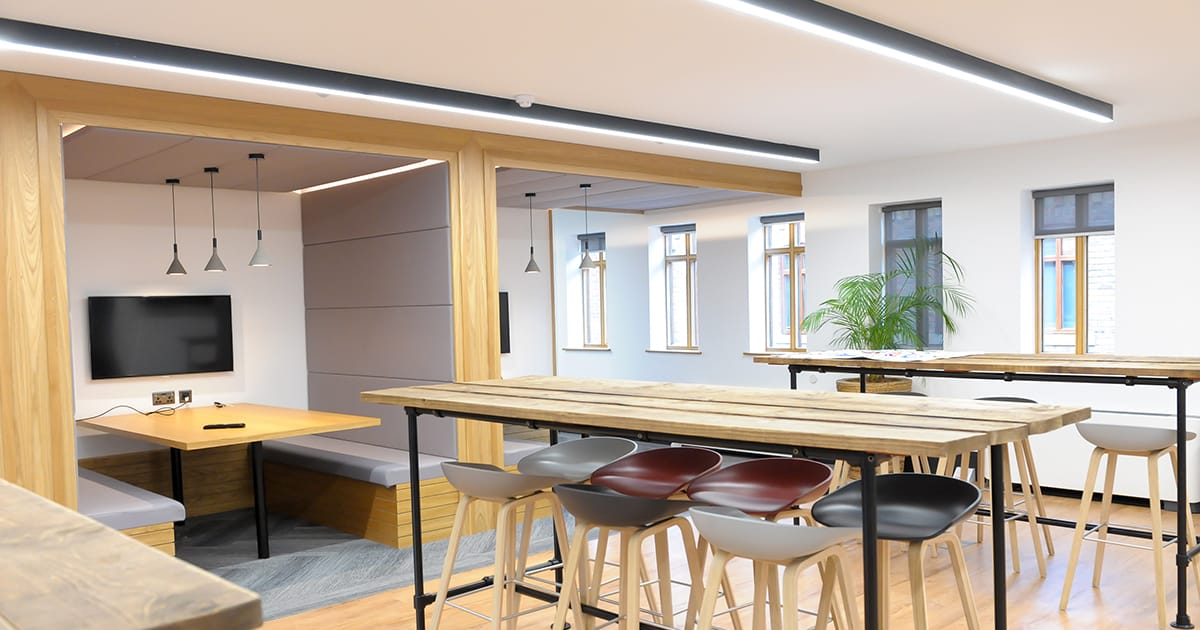






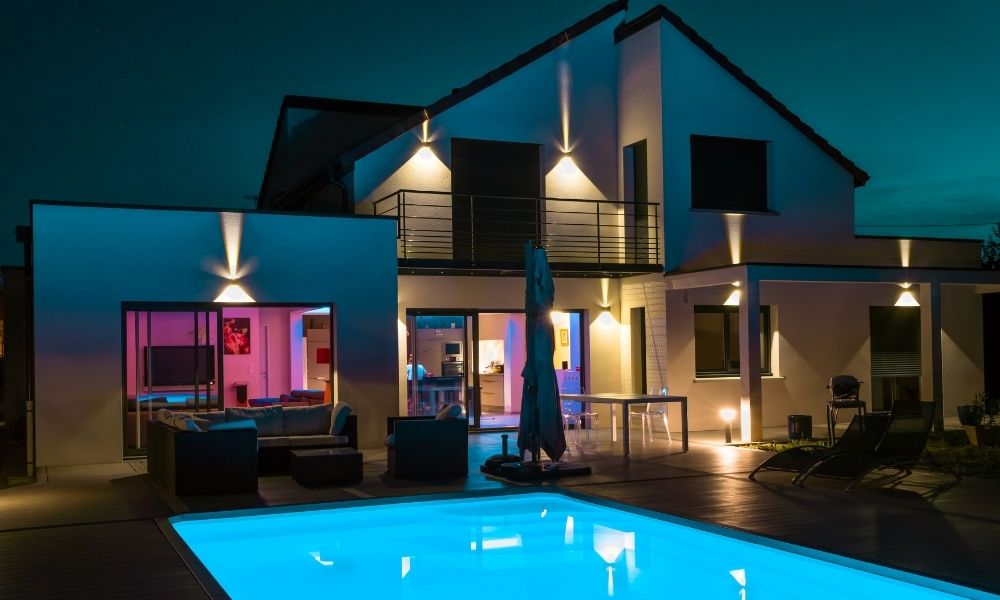
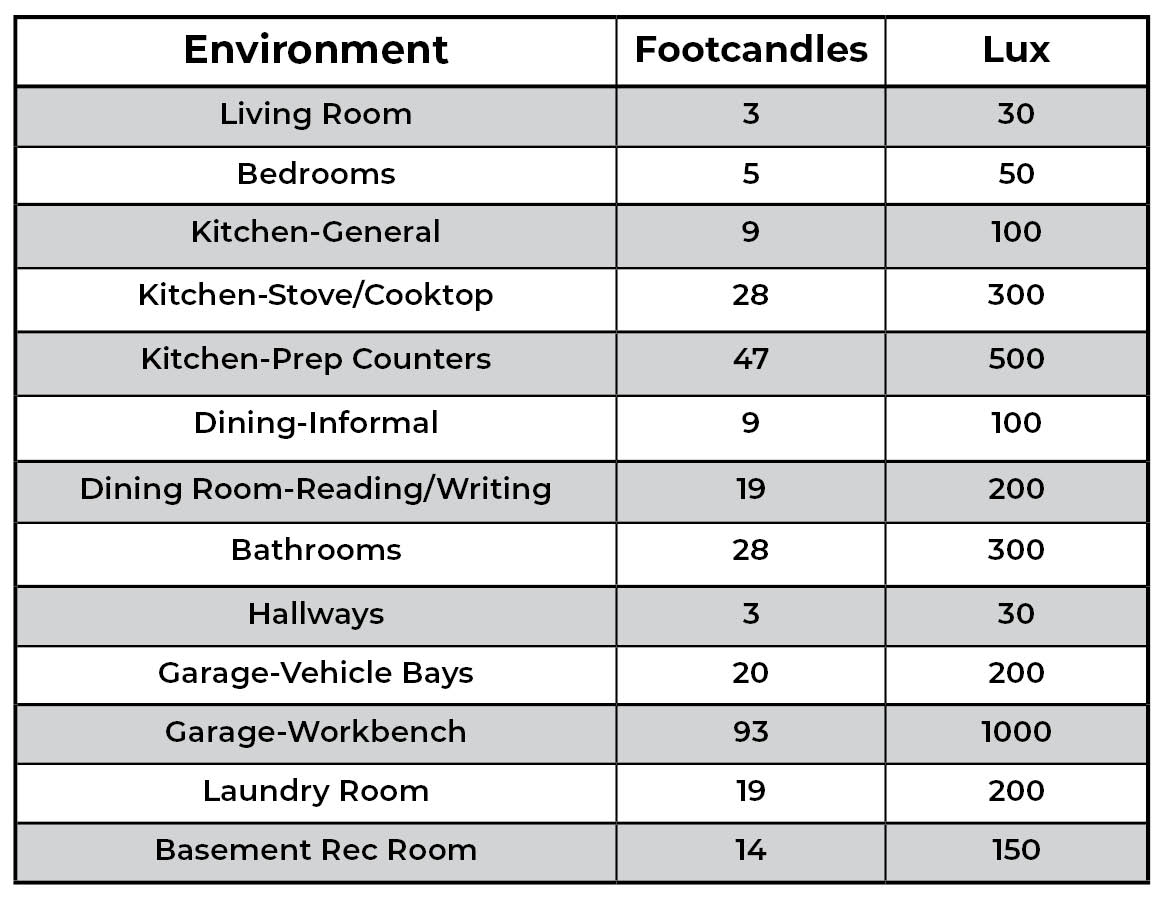

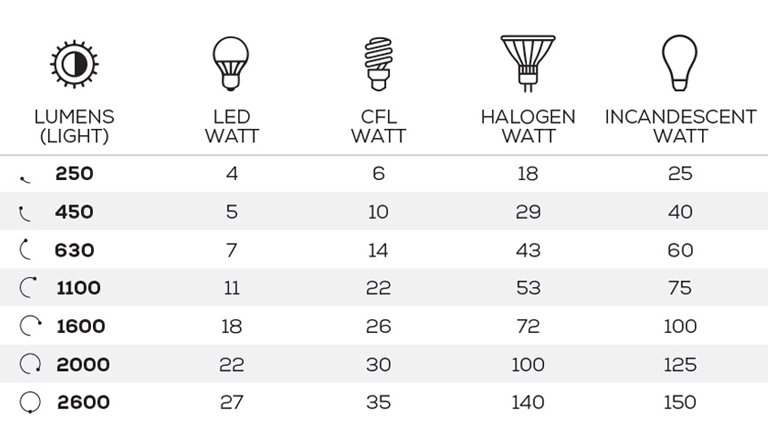





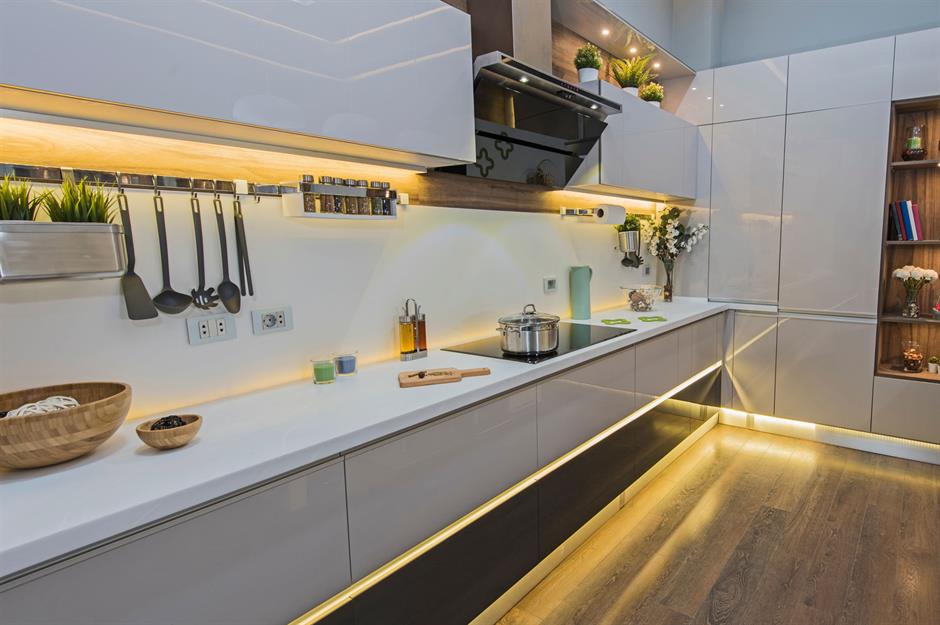

:max_bytes(150000):strip_icc()/DSC_0268-3b917e92940e4869859fa29983d2063c.jpeg)








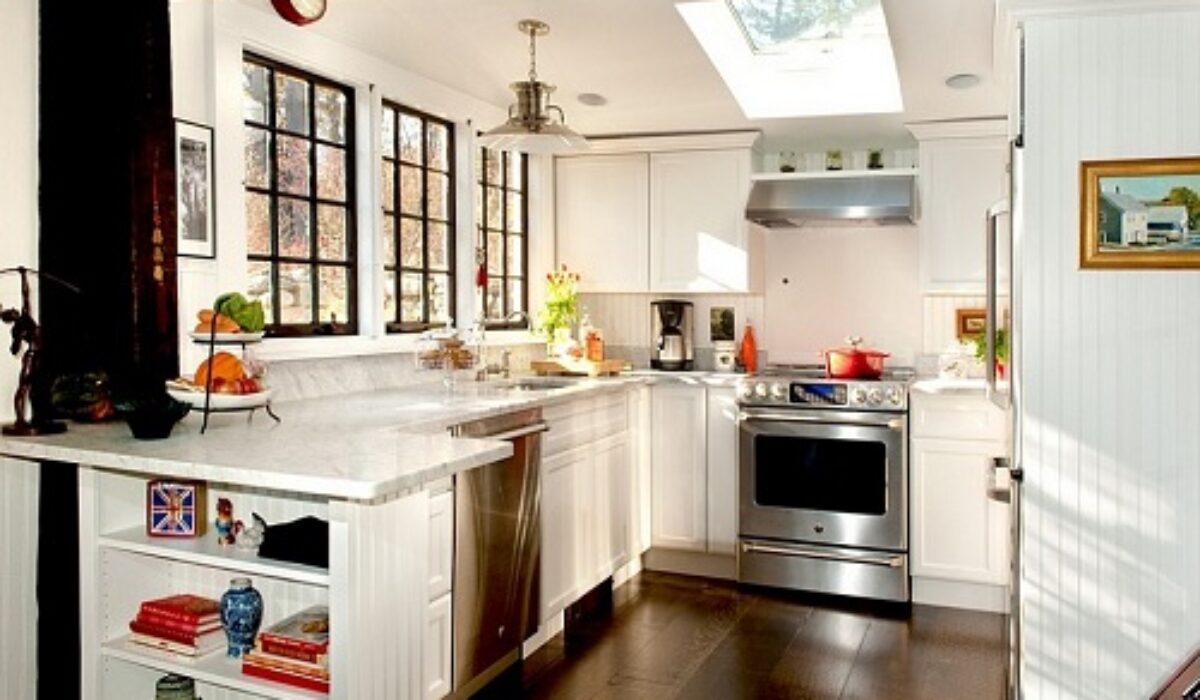
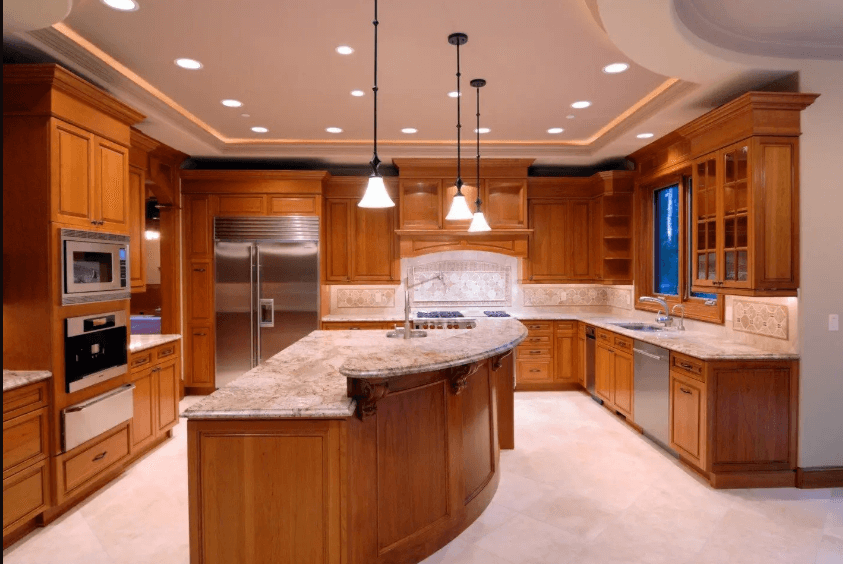



:max_bytes(150000):strip_icc()/guide-to-common-kitchen-cabinet-sizes-1822029-base-6d525c9a7eac49728640e040d1f90fd1.png)
